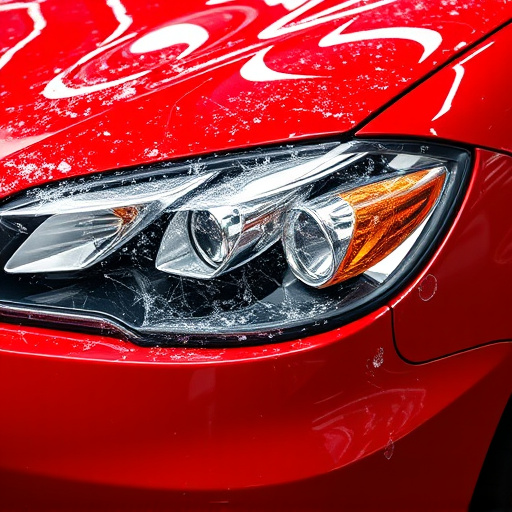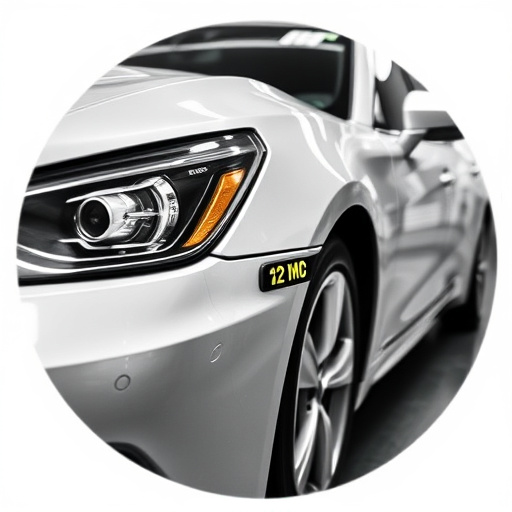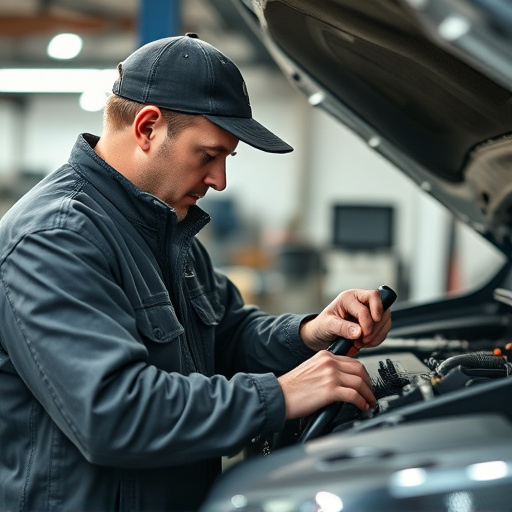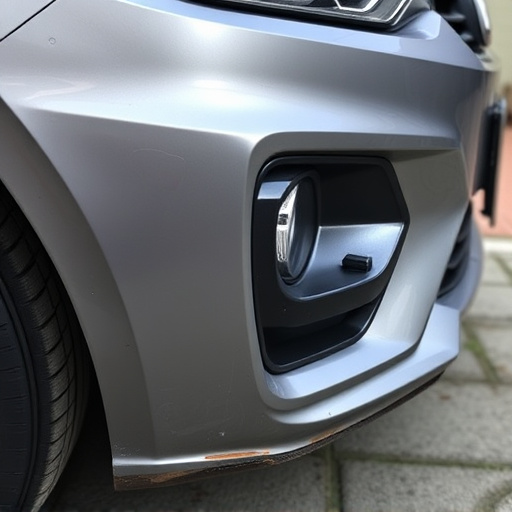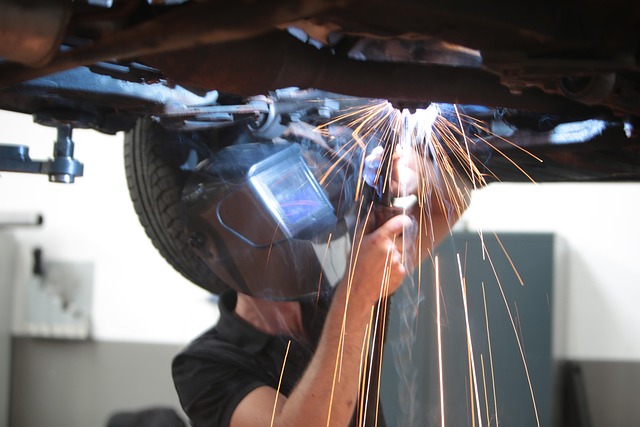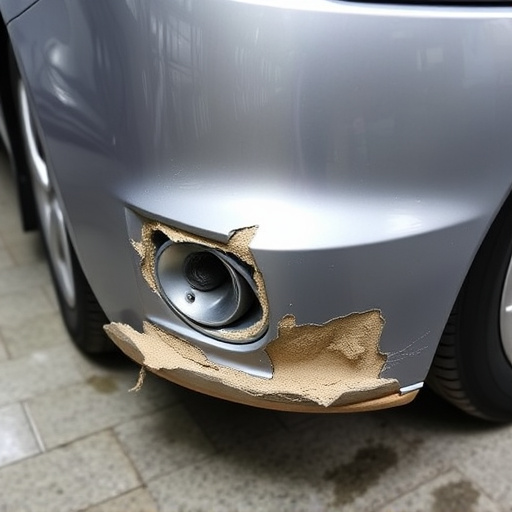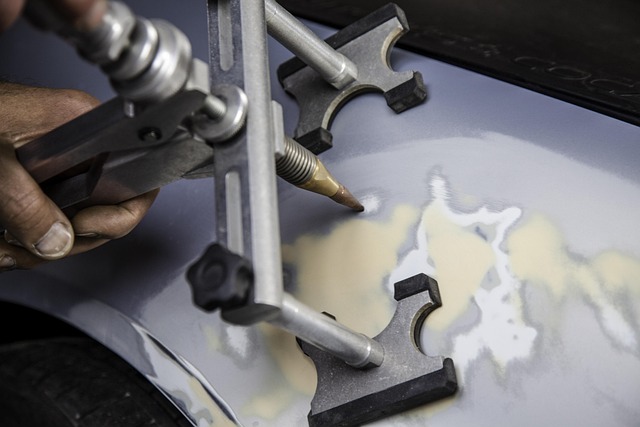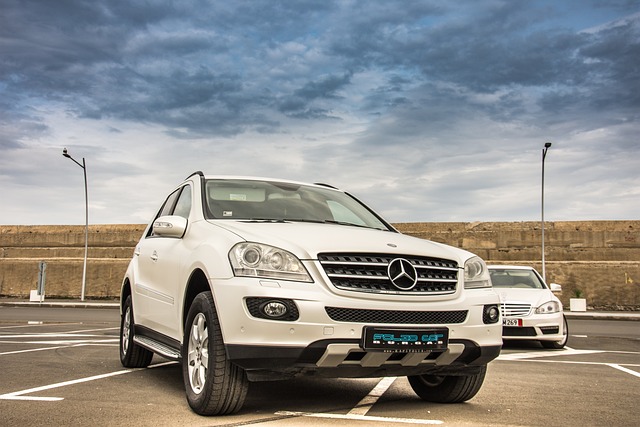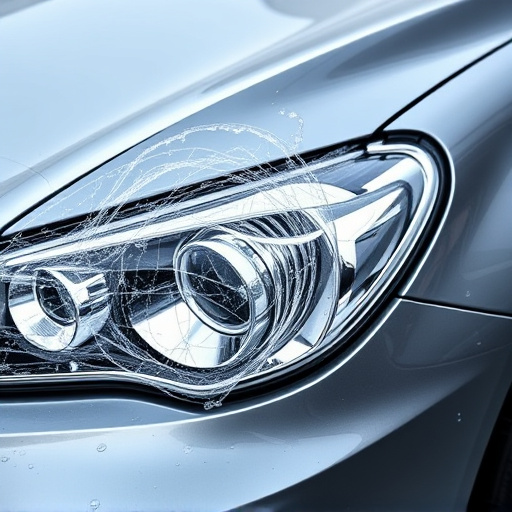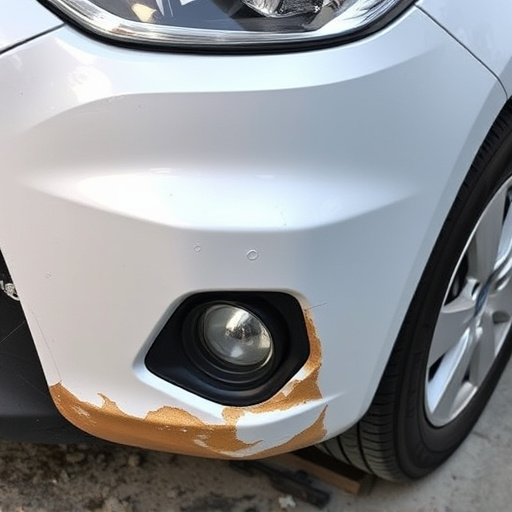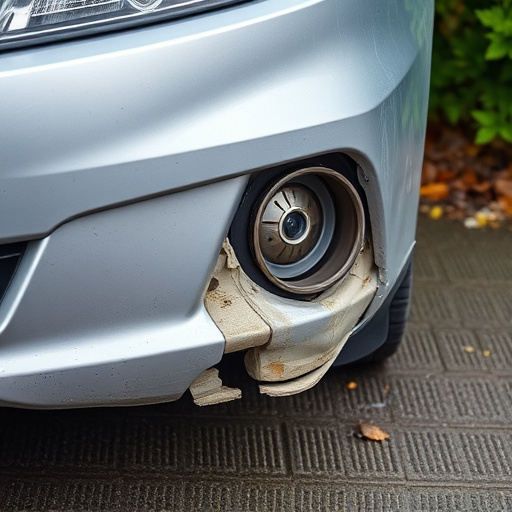ADAS Recalibration Glass is a crucial automotive component that enhances vehicle safety features like adaptive cruise control, lane-keeping assist, and automatic emergency braking by providing a stable reference point for sensors after collisions or auto repairs. This technology ensures optimal performance in impact detection systems, with specialized experts recalibrating safety features using data from accelerometers, gyroscopes, and pressure sensors integrated into the glass and vehicle structure. ADAS Recalibration Glass is essential for efficient and safe post-repair processes, minimizing downtime and costs while restoring peak capabilities to advanced driver assistance systems.
“Unveiling the transformative potential of ADAS recalibration glass, this article delves into its pivotal role in enhancing vehicle safety. Understanding this advanced technology is crucial, given its ability to optimize Automated Driver Assistance Systems (ADAS).
We’ll explore how ADAS recalibration glass facilitates precise impact detection, a multi-step process that ensures immediate and effective response. Further, we’ll uncover its benefits, from improved sensor accuracy to enhanced overall performance in modern automotive landscapes.”
- Understanding ADAS Recalibration Glass and its Functionality
- The Impact Detection Process: A Step-by-Step Guide
- Benefits and Applications of ADAS Recalibration Glass in Modern Vehicles
Understanding ADAS Recalibration Glass and its Functionality

ADAS Recalibration Glass is a specialized automotive component designed to play a pivotal role in Advanced Driver Assistance Systems (ADAS). This innovative glass technology is equipped with sensors and cameras that work in harmony to enhance vehicle safety features, particularly in detecting potential impacts. When integrated into a vehicle’s system, the glass acts as a crucial recalibration point, ensuring accurate readings of sensor data.
Its functionality lies in its ability to provide a stable and consistent reference point for ADAS components like sensors and cameras. In the event of a car collision or during routine auto repair services, this glass plays a vital role in Mercedes Benz repair and other vehicle makeovers by enabling precise recalibration of safety systems. This is particularly important as it helps maintain optimal performance of features such as adaptive cruise control, lane-keeping assist, and automatic emergency braking, ensuring the overall safety of the driver and passengers.
The Impact Detection Process: A Step-by-Step Guide

The process of impact detection using ADAS (Advanced Driver Assistance Systems) recalibration glass involves several critical steps. First, sensors integrated into the vehicle’s structure and glass components detect any sudden or abnormal forces applied to the windshield or surrounding areas. These sensors can include accelerometers, gyroscopes, and pressure sensors that work together to measure changes in velocity and orientation.
Once impact is detected, the system initiates a series of actions to mitigate potential harm. This includes activating safety features like airbags and sending signals to other vehicles nearby via V2V (Vehicle-to-Vehicle) communication. In parallel, specialized auto body restoration experts are alerted, enabling them to assess the damage and perform precise auto body work to ensure both structural integrity and optimal visibility for safe driving post-impact. Auto repair services often incorporate ADAS recalibration glass as a standard protocol in their procedures to maintain the effectiveness of these safety systems.
Benefits and Applications of ADAS Recalibration Glass in Modern Vehicles
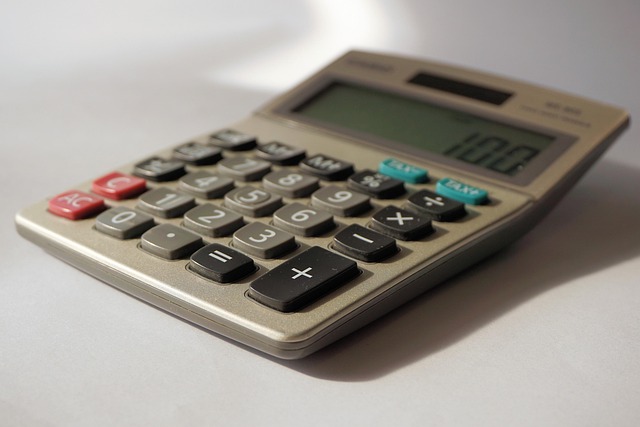
The integration of ADAS Recalibration Glass into modern vehicles has revolutionized safety and performance. This advanced technology plays a pivotal role in impact detection systems, ensuring that Automatic Emergency Braking (AEB) and other Advanced Driver Assistance Systems (ADAS) function optimally. By enabling precise recalibration after potential collisions or vehicle dents, the glass helps maintain the integrity of sensor data, leading to more accurate safety responses.
This feature is particularly beneficial for auto body services and fender repair shops, as it streamlines post-repair processes. Instead of lengthy calibrations that traditionally accompany vehicle dent repair, ADAS Recalibration Glass allows for quick and efficient adjustments, minimizing downtime and enhancing overall efficiency. This not only reduces costs but also guarantees that the vehicle’s safety systems are restored to their highest capabilities.
ADAS recalibration glass is a pivotal component in enhancing modern vehicle safety. By understanding its role in impact detection and the benefits it offers, we can appreciate how this technology revolutionizes driving. As vehicles become increasingly equipped with advanced driver-assistance systems (ADAS), the need for precise sensor calibration becomes imperative. This innovative glass not only facilitates recalibration but also improves overall system performance, ensuring drivers receive accurate and timely warnings during critical situations. With its ability to detect and respond to impacts, ADAS recalibration glass is a game-changer in automotive safety, ultimately saving lives on the road.


